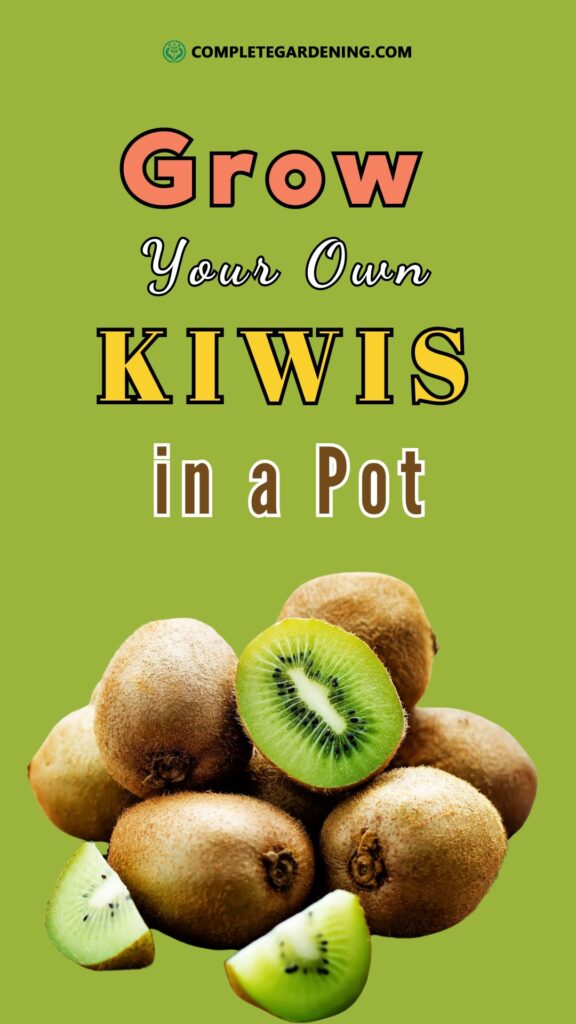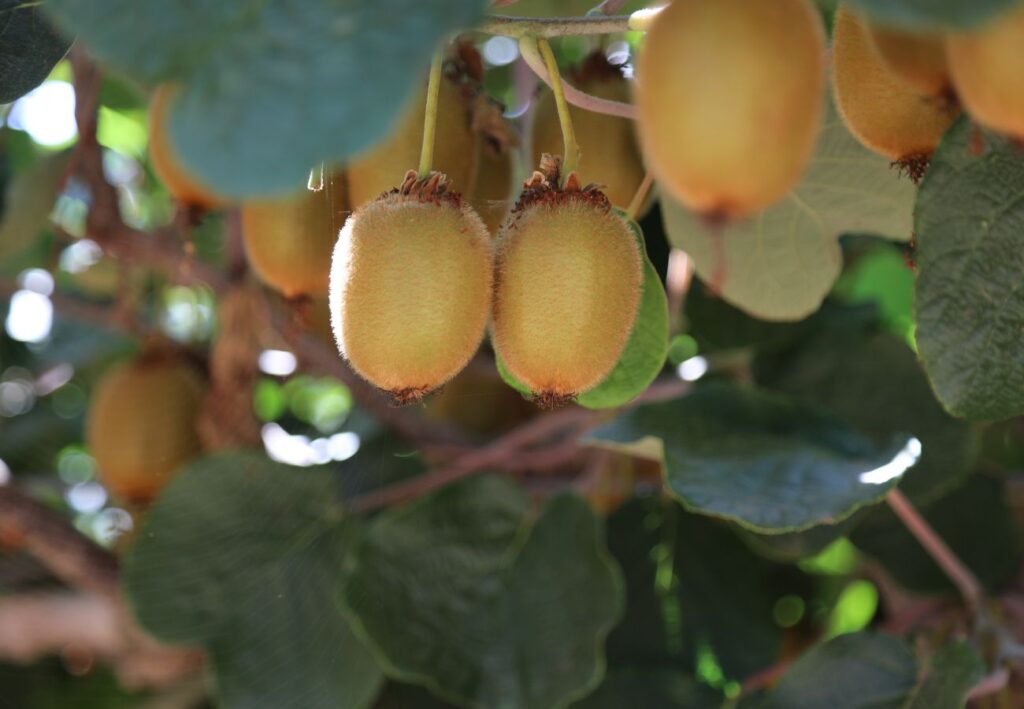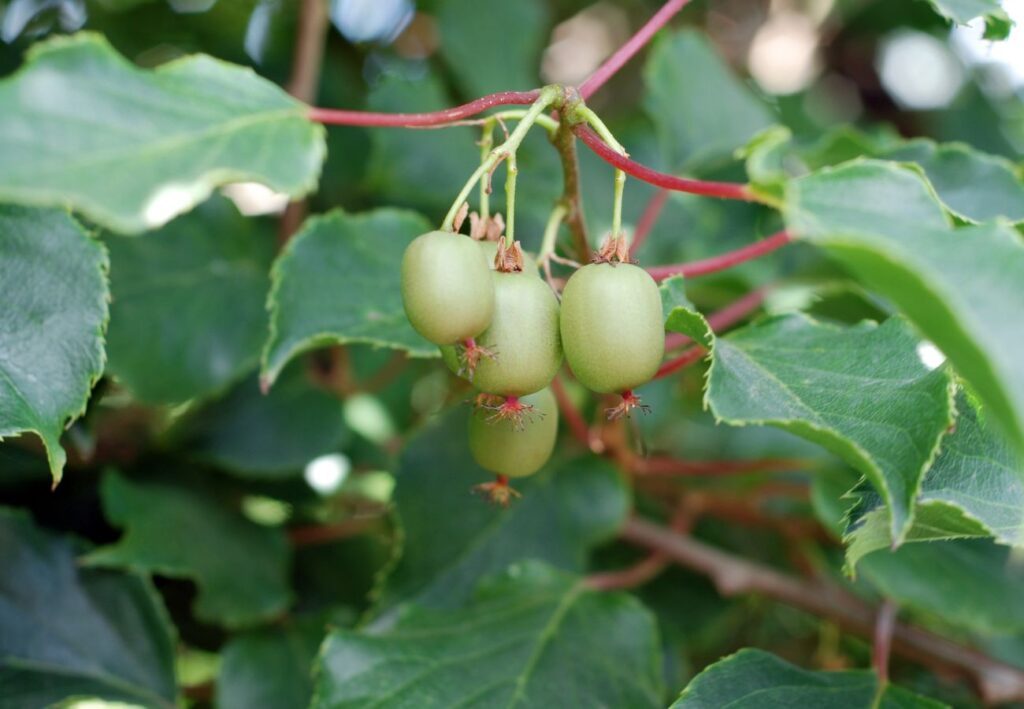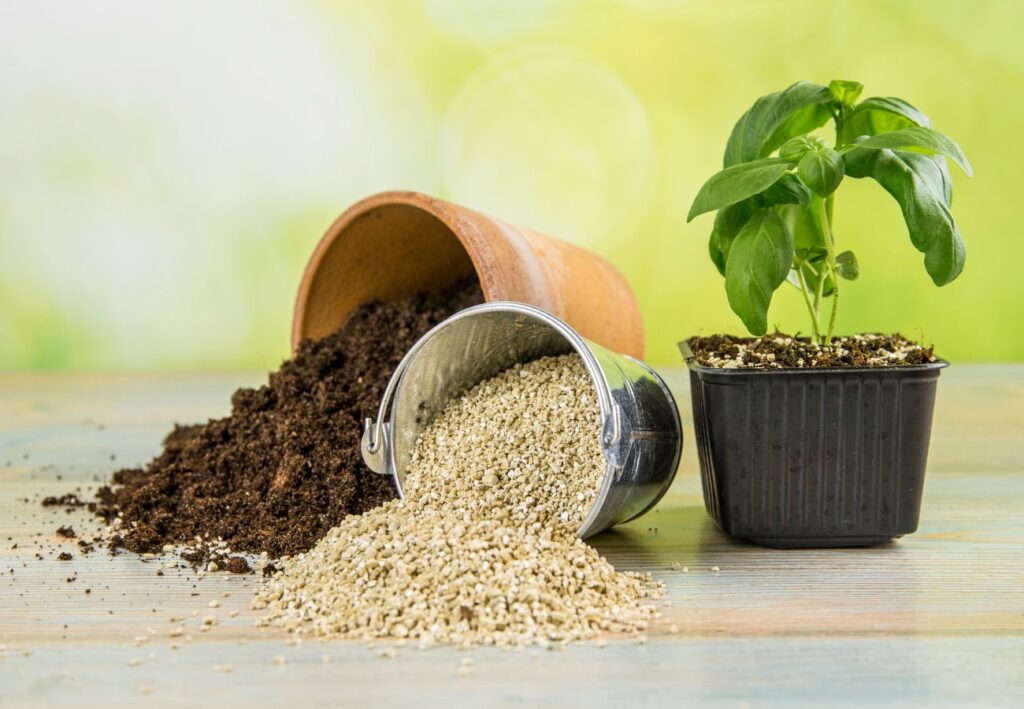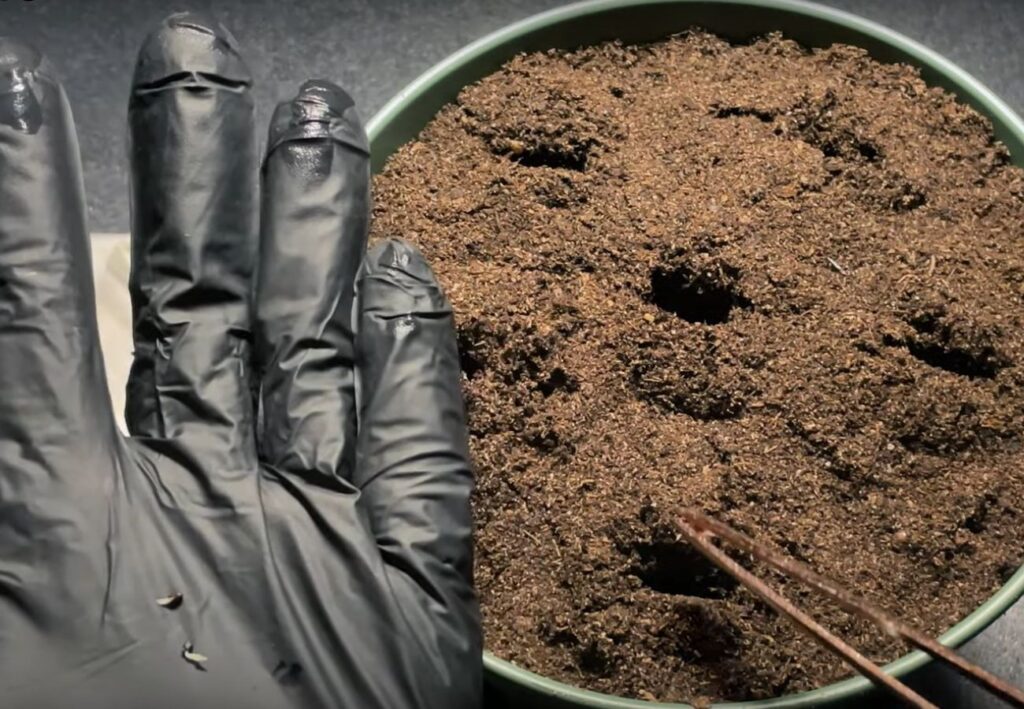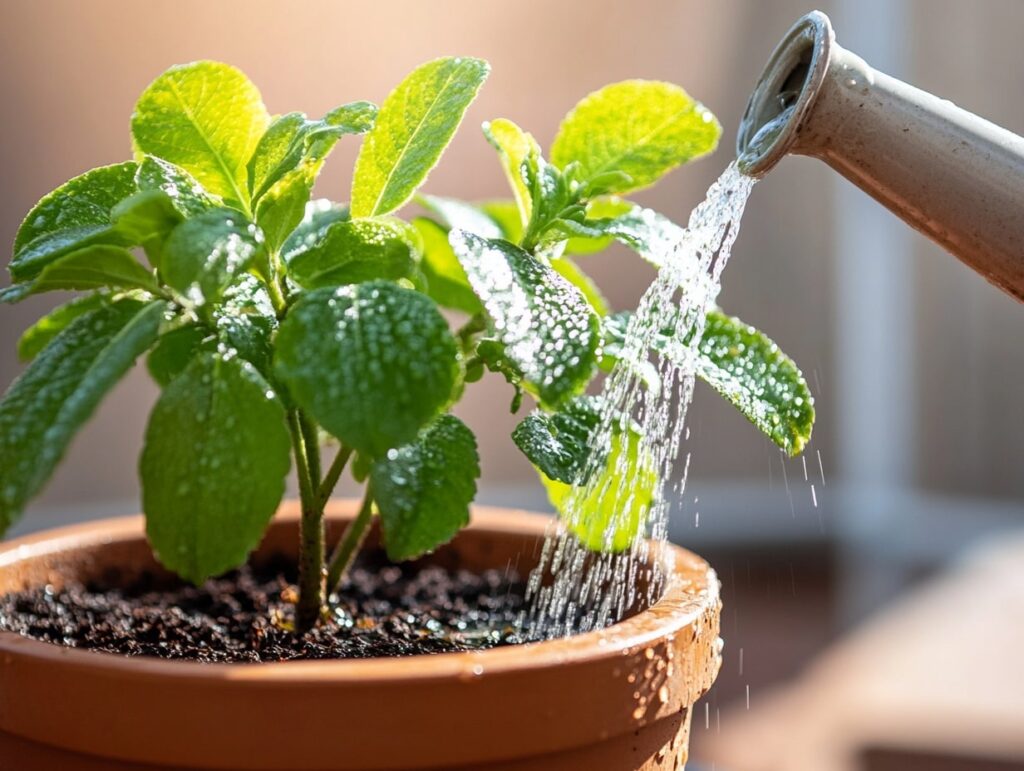Have you ever wanted to grow your own delicious kiwis but thought it was impossible without a large garden? The good news is that you can successfully plant and grow kiwi in a pot right on your balcony or patio.
This method is not only convenient but also allows you to enjoy fresh, homegrown kiwis without needing a big space.
You’ll be surprised at how easy and rewarding it can be to nurture a kiwi vine in a container. With just a little bit of care and the right setup, you’ll soon be on your way to harvesting your very own kiwi fruits.
The process is straightforward and perfect for both beginner and experienced gardeners.
By following some simple steps, you can create the ideal environment for your kiwi plant to thrive. You’ll need to choose the right pot, provide proper soil, and ensure your plant gets enough sunlight and water.
Before you know it, you’ll have a flourishing kiwi plant bringing beauty and tasty fruit to your home.
Choosing the Right Kiwi Variety
Selecting the appropriate kiwi variety is crucial for successful pot cultivation. Focus on understanding the differences between kiwi plant sexes and the benefits of dwarf or miniature varieties.
Understanding Kiwi Plant Sexes
Kiwis are dioecious, meaning that you need both male and female plants to produce fruit. Male plants pollinate the flowers, while female plants bear the fruit. Ensure you have at least one male plant for every six to eight female plants for adequate pollination.
Some varieties, like ‘Jenny’ and ‘Issai’, are self-fertile, meaning they don’t require a separate male plant. These can be a good option if you have limited space. Remember, more than one plant enhances pollination and potentially increases yield.
Selecting Dwarf or Miniature Varieties
Dwarf or miniature kiwi varieties are ideal for pot cultivation due to their compact size. Varieties like ‘Baby Kiwi’ or ‘Arctic Kiwi’ grow well in containers and are easier to manage. They generally grow less vigorously, requiring less pruning and support.
These varieties produce smaller fruits, but their maintenance ease makes them a practical choice. Choose dwarf varieties if you have limited space or want to avoid extensive trellising. They adapt better to confined environments and still produce delicious fruits.
Selecting the Perfect Pot
Choosing the right pot is crucial for the healthy growth of your kiwi plant. You’ll need to consider both the size and material of the pot, as well as its drainage capabilities.
Pot Size and Material
A kiwi plant’s root system requires ample space to grow. Choose a pot that’s at least 18-24 inches in diameter and depth. This ensures your plant has enough room to thrive.
Material matters too. Clay pots offer great breathability, which helps prevent root rot. Plastic pots are lightweight and retain moisture better, reducing the frequency of watering during hot weather.
Both wooden and ceramic pots are good choices but ensure they’re treated to withstand outdoor conditions. Avoid materials that can overheat or become too cold quickly.
Drainage Considerations
Proper drainage prevents water from pooling at the plant’s roots, which can cause root rot. Ensure your pot has multiple drainage holes at the bottom.
Placing a layer of small gravel or broken pot shards at the bottom can help improve drainage. Using a pot with a saucer is fine, but make sure to empty it regularly to avoid water stagnation.
Using a potting mix designed for adequate drainage is also beneficial. Look for mixes labeled as suitable for fruit plants or those that emphasize good aeration.
Ensuring good drainage not only keeps the roots healthy but also helps the plant absorb nutrients more efficiently.
Preparing the Soil Mix
When planting kiwi in a pot, you must prioritize the right soil composition and adjust the pH level to create an ideal growing environment.
Soil Composition
Kiwi plants prefer well-draining soil to prevent root rot. Aim for a mix rich in organic matter:
- Garden soil
- Compost
- Perlite
A simple ratio could be 40% garden soil, 30% compost, and 30% perlite.
This blend ensures adequate aeration and moisture retention.
Using compost adds essential nutrients, enhancing fruit production.
Perlite improves drainage, preventing waterlogging.
A well-constructed potting mix provides a strong foundation for the kiwi plant to thrive.
Adjusting Soil pH
Kiwi plants grow best in slightly acidic to neutral soil, with a pH of 5.5 to 7.0.
Use a pH testing kit to measure your initial soil pH.
- If the pH is too low, add lime to raise it.
- If the pH is too high, incorporate sulfur or peat moss.
Check the pH after adjustments to ensure accuracy.
Maintaining the correct pH balance is crucial for nutrient uptake, affecting overall plant health and fruit quality.
Planting the Kiwi
Planting kiwi in a pot involves two main steps: sowing the seeds at the correct depth and transplanting seedlings once they are strong enough.
Seed Sowing Depth
When starting your kiwi plants from seeds, the proper depth is crucial for successful growth.
Typically, kiwi seeds should be sown about 1/4 inch (0.6 cm) deep. Use a light, well-draining potting mix. Press the seeds gently into the soil, ensuring they are not too deep to hinder sprouting.
Cover the seeds lightly with additional soil and mist the surface with water. Keep the soil consistently moist but not waterlogged.
Maintain a warm environment, ideally between 70°F (21°C) and 75°F (24°C). You can use a plastic wrap or a clear lid to retain moisture and warmth. Seeds usually take 2-3 weeks to germinate.
Transplanting Seedlings
Once your kiwi seedlings have developed a few sets of true leaves, they are ready for transplanting into larger pots.
Choose a pot at least 12 inches (30 cm) in diameter with good drainage holes. Fill it with a well-draining potting mix suited for fruit plants. Carefully remove the seedlings from their initial containers, taking care not to damage the roots.
Place each seedling into a pre-dug hole in the larger pot, ensuring the root ball is fully covered with soil. Water well after transplanting to help the plants settle in their new environment.
Position the pots in a sunny spot with at least 6-8 hours of sunlight daily. Regularly check the soil moisture and add support stakes if the vines begin to grow tall. Proper care at this stage sets the foundation for healthy kiwi plants.
Caring for Your Potted Kiwi
Ensuring that your potted kiwi thrives requires a consistent watering schedule, regular feeding, and periodic pruning.
Watering Schedule
Kiwis need regular watering to stay healthy. Consistency is key, especially during the growing season. Water your kiwi plant when the top inch of soil feels dry to the touch.
In hotter months, you might need to water it more frequently. Overwatering can lead to root rot, so ensure your pot has good drainage.
Using a drip system or soaker hoses can help maintain moisture levels without making the soil soggy.
Feeding and Fertilization
Your potted kiwi will benefit from regular feeding. Use a balanced, slow-release fertilizer during the growing season from spring to mid-summer.
Apply every 6-8 weeks for best results. An alternative is using a liquid fertilizer every 2-3 weeks. Nitrogen is crucial but avoid over-fertilizing as it can lead to excessive foliage growth at the expense of fruit.
In fall, reduce feeding to prepare the plant for dormancy.
Pruning and Training
Pruning is essential for your kiwi’s health and productivity. Carry out annual pruning during the dormant season, typically late winter.
Remove any damaged or dead branches and thin out overcrowded areas to improve air circulation. Training involves guiding the plant’s growth along a trellis or support structure.
This maximizes light exposure and encourages fruit production. Regularly check and tie new shoots to the support to keep them in place.
Growing kiwi in a pot is not only possible but also a highly rewarding endeavor for gardeners of all levels. By carefully selecting the right variety, pot, soil mix, and providing proper care, you can enjoy fresh, homegrown kiwis even in a small space.
This method allows you to bring a touch of the exotic to your balcony or patio while relishing the satisfaction of harvesting your own delicious fruit.
With patience and attention to detail, your potted kiwi plant can thrive and become a beautiful, productive addition to your home garden. Don’t hesitate! Start your kiwi-growing journey today and enjoy the sweet rewards in the seasons to come.

